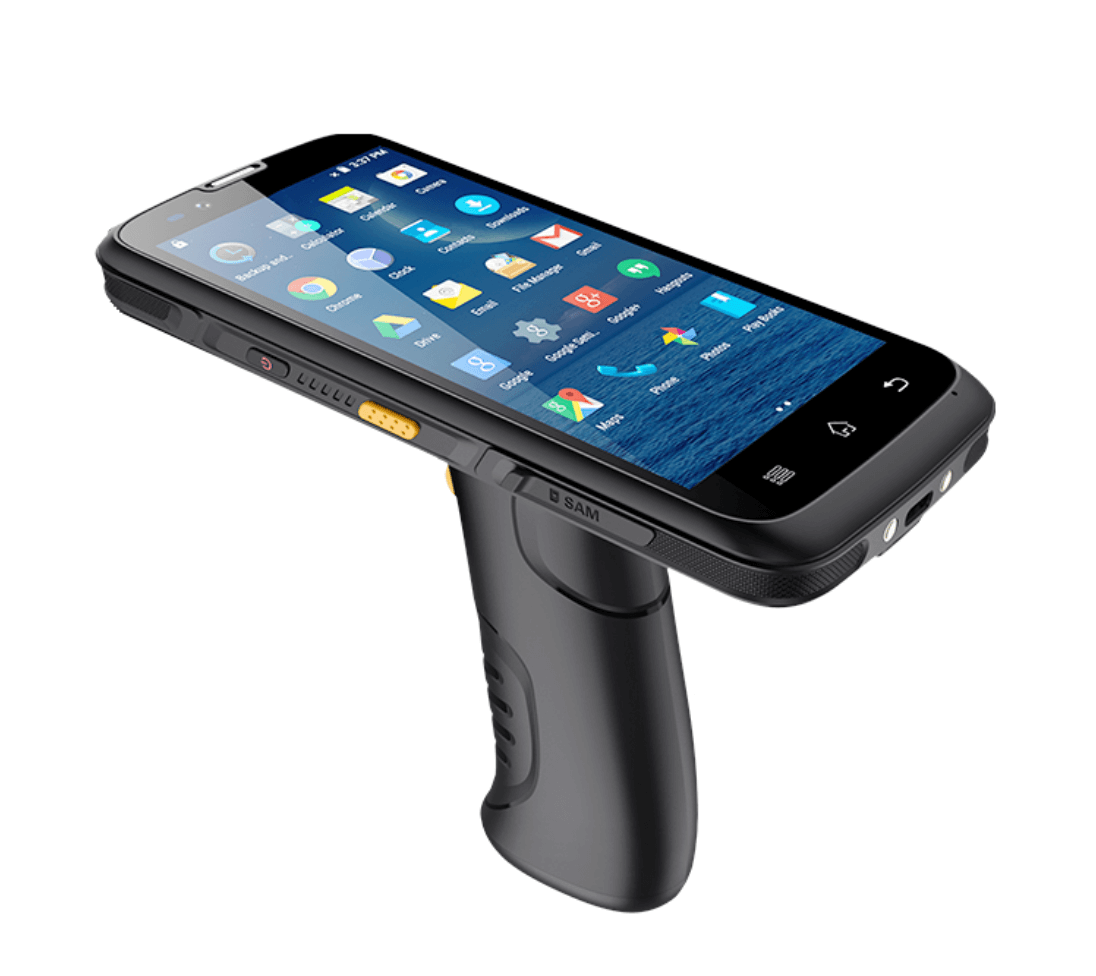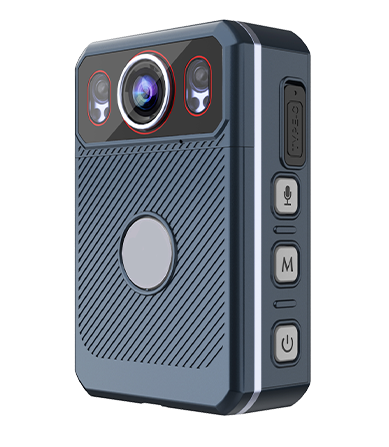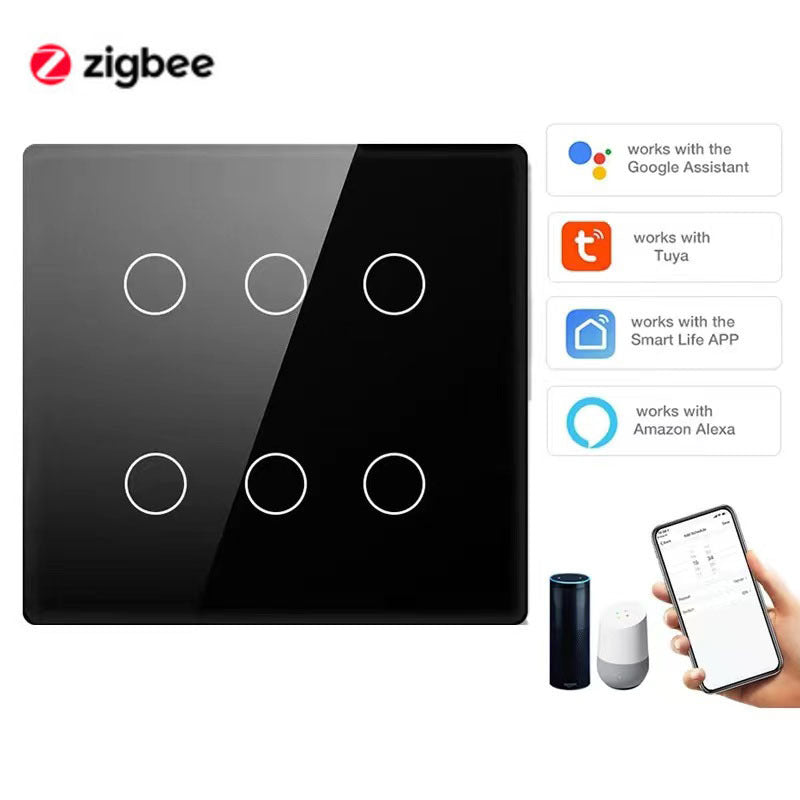In today's fast-paced industrial environments, efficiency, accuracy, and real-time data access are critical. Industrial PDA Terminals (Personal Digital Assistants) have emerged as indispensable tools for businesses looking to streamline operations, enhance productivity, and reduce human error. Unlike consumer-grade smartphones or tablets, these rugged devices are built to withstand harsh conditions while delivering powerful performance.
This comprehensive guide explores the key features, benefits, applications, and selection criteria for Industrial PDA Terminals, helping businesses make informed decisions.
What is an Industrial PDA Terminal?
An Industrial PDA Terminal is a rugged, handheld computing device designed for industrial applications such as logistics, warehousing, manufacturing, field service, and retail. These devices combine the functionality of a smartphone, barcode scanner, RFID reader, and sometimes even a payment terminal into a single, durable unit.
Key Features of Industrial PDA Terminals:
-
Rugged Design – Built to endure drops, water, dust, and extreme temperatures (IP65/IP67 ratings, MIL-STD-810G compliance).
-
Long Battery Life – Extended battery performance for all-day operation.
-
Advanced Data Capture – Integrated barcode scanners (1D/2D), RFID, and NFC capabilities.
-
High-Performance Processing – Powerful processors and ample RAM for smooth operation.
-
Multiple Connectivity Options – Wi-Fi, Bluetooth, 4G/5G, and GPS for real-time data transmission.
-
Customizable OS & Software – Runs on Android, Windows, or Linux, with industry-specific applications.
Why Choose an Industrial PDA Over Consumer Devices?
Many businesses initially consider using consumer smartphones or tablets for field operations, but Industrial PDA Terminals offer distinct advantages:
| Feature | Consumer Smartphone | Industrial PDA Terminal |
|---|---|---|
| Durability | Fragile, requires cases | Rugged, drop-proof, waterproof |
| Battery Life | Limited, needs frequent charging | Long-lasting, swappable batteries |
| Scanning Ability | Requires add-on scanners | Built-in high-speed barcode/RFID |
| Temperature Range | Limited operation in extreme temps | Works in -20°C to 60°C environments |
| Software Support | General-purpose apps | Industry-specific, customizable |
For mission-critical operations, Industrial PDAs ensure reliability and efficiency where consumer devices fail.
Top Applications of Industrial PDA Terminals
1. Warehousing & Logistics
-
Inventory Management – Real-time stock updates via barcode/RFID scanning.
-
Order Picking – Faster, error-free order fulfillment with guided workflows.
-
Shipping & Receiving – Automated data entry reduces manual errors.
2. Manufacturing & Quality Control
-
Asset Tracking – Monitor tools, machinery, and parts efficiently.
-
Production Line Monitoring – Capture defects, downtime, and workflow bottlenecks.
3. Retail & Point-of-Sale (POS)
-
Mobile Checkout – Process payments anywhere in-store.
-
Price Verification – Scan and update pricing instantly.
4. Field Service & Maintenance
-
Technician Mobility – Access manuals, log repairs, and capture signatures on-site.
-
GPS Navigation – Optimize route planning for service teams.
5. Healthcare & Pharmaceuticals
-
Patient Tracking – Secure, HIPAA-compliant data handling.
-
Medication Management – Scan drug labels to prevent dispensing errors.
How to Choose the Right Industrial PDA Terminal
Selecting the best Industrial PDA depends on specific business needs. Here’s a checklist:
1. Operating System (OS) Compatibility
-
Android – Best for modern apps, cloud integration.
-
Windows – Preferred for legacy enterprise software.
-
Linux – Lightweight, ideal for custom solutions.
2. Scanning Requirements
-
1D Barcode – Sufficient for basic retail/logistics.
-
2D/QR Codes – Needed for advanced labeling (pharma, electronics).
-
RFID/NFC – Essential for asset tracking and contactless operations.
3. Ruggedness Level
-
IP Rating – IP65 (dustproof, water-resistant) or IP67 (submersion-proof).
-
Drop Resistance – MIL-STD-810G certification ensures durability.
4. Battery & Power Options
-
Hot-Swappable Batteries – Critical for 24/7 operations.
-
Extended Battery Packs – For long shifts without recharging.
5. Connectivity Needs
-
4G/5G – For real-time updates in remote areas.
-
Wi-Fi 6 & Bluetooth 5.0 – Faster data transfer in warehouses.
6. Ergonomics & Usability
-
Glove-Friendly Touchscreen – Essential for cold storage or outdoor use.
-
Pistol-Grip Design – Reduces fatigue in scanning-intensive roles.
Future Trends in Industrial PDA Technology
-
AI-Powered Scanning – Auto-correcting barcode recognition in damaged labels.
-
Augmented Reality (AR) Integration – Overlay repair instructions for field technicians.
-
5G & Edge Computing – Faster data processing with minimal latency.
-
Enhanced Biometrics – Facial recognition & fingerprint login for security.
Conclusion
Industrial PDA Terminals are transforming how businesses operate by improving accuracy, mobility, and efficiency. Whether in logistics, retail, healthcare, or manufacturing, these rugged devices provide a competitive edge by reducing downtime and errors.
When selecting an Industrial PDA, consider durability, scanning capabilities, battery life, and software compatibility to ensure maximum ROI. As technology evolves, we can expect even smarter, more connected devices to further revolutionize industrial workflows.
Investing in the right Industrial PDA Terminal today will future-proof your operations for tomorrow.






